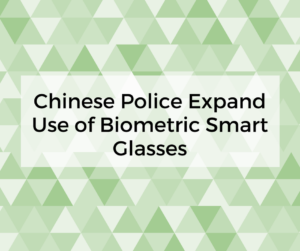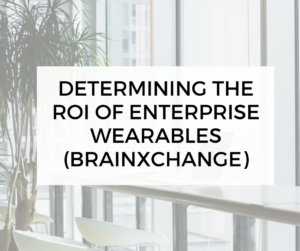Automating AI Startup Peritus Gets $2M Funding from Ideaspring

Peritus.ai is a tech startup which until now has been in “stealth mode”, but is now developing ways of utilising artificial intelligence to increase efficiency of data centre management. They have received $2 million funding from venture capital firm Ideaspring Capital and The Hive, which will be used to expand and fortify their presence in India.
Ideaspring Capital is based in Bengaluru and was founded in 2016 by Naganand Doraswamy to invest in home-grown product startups. The fund has participated in seed rounds in Zapty providing enterprise software for collaborating on project management and task management; in Whodat, an augmented reality platform for developers to create inclusive AR experiences with markerless technology; in Lavelle Networks working on cloud computing and enterprise software.
Peritus is developing AI solutions for the enterprise. Data centres serve as the basis for delivering modern enterprise IT services such as the cloud. IoT Cloud Operators and Service Providers have to provide high availability and resilience, avoid downtime and accommodate fast-changing technology landscape and greater infrastructure complexity.
The startup further says that proof of concept is clear in how one of their early adopter customers was able to reduce their support burden by 65.7 percent while handling 37 percent more support requests.
The article explains how Peritus is applying AI and machine learning to infrastructure management for enterprise benefits and the business’ aims. They have provable success stories as one of Peritus’ early adopter customers were able to reduce their support burden by 65.7% and handle 37% more support requests.
Full article on BWDisrupt.








